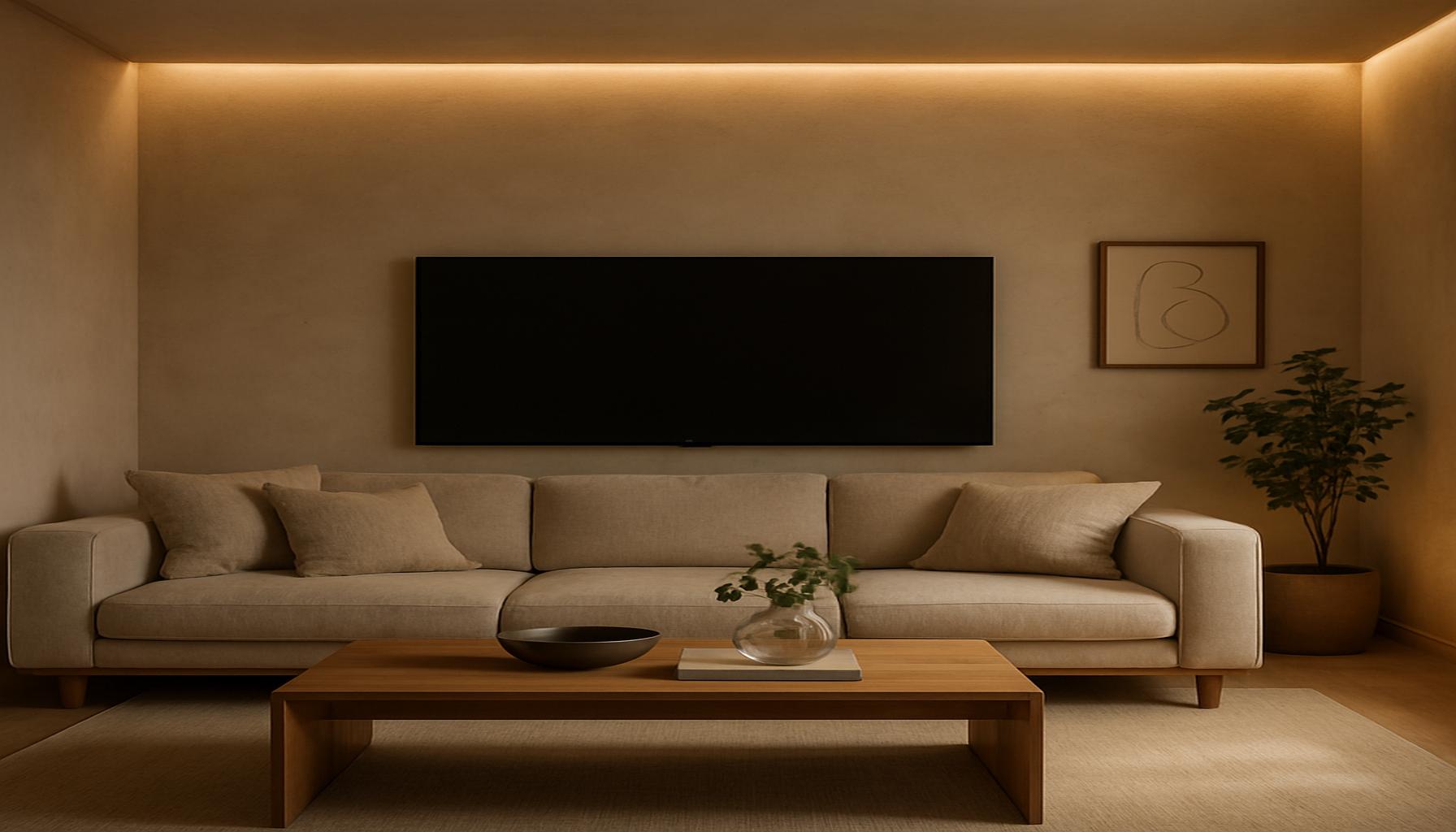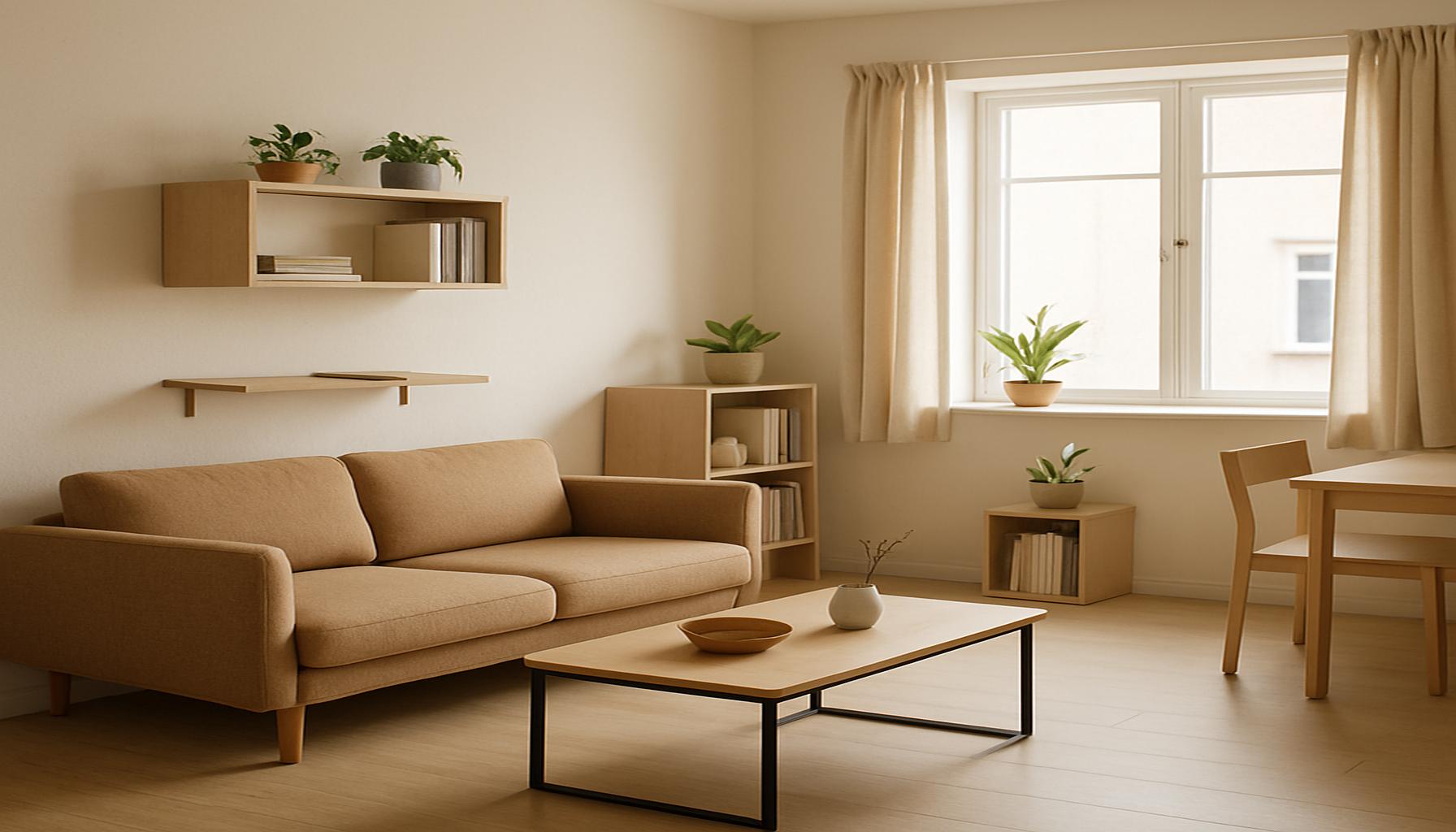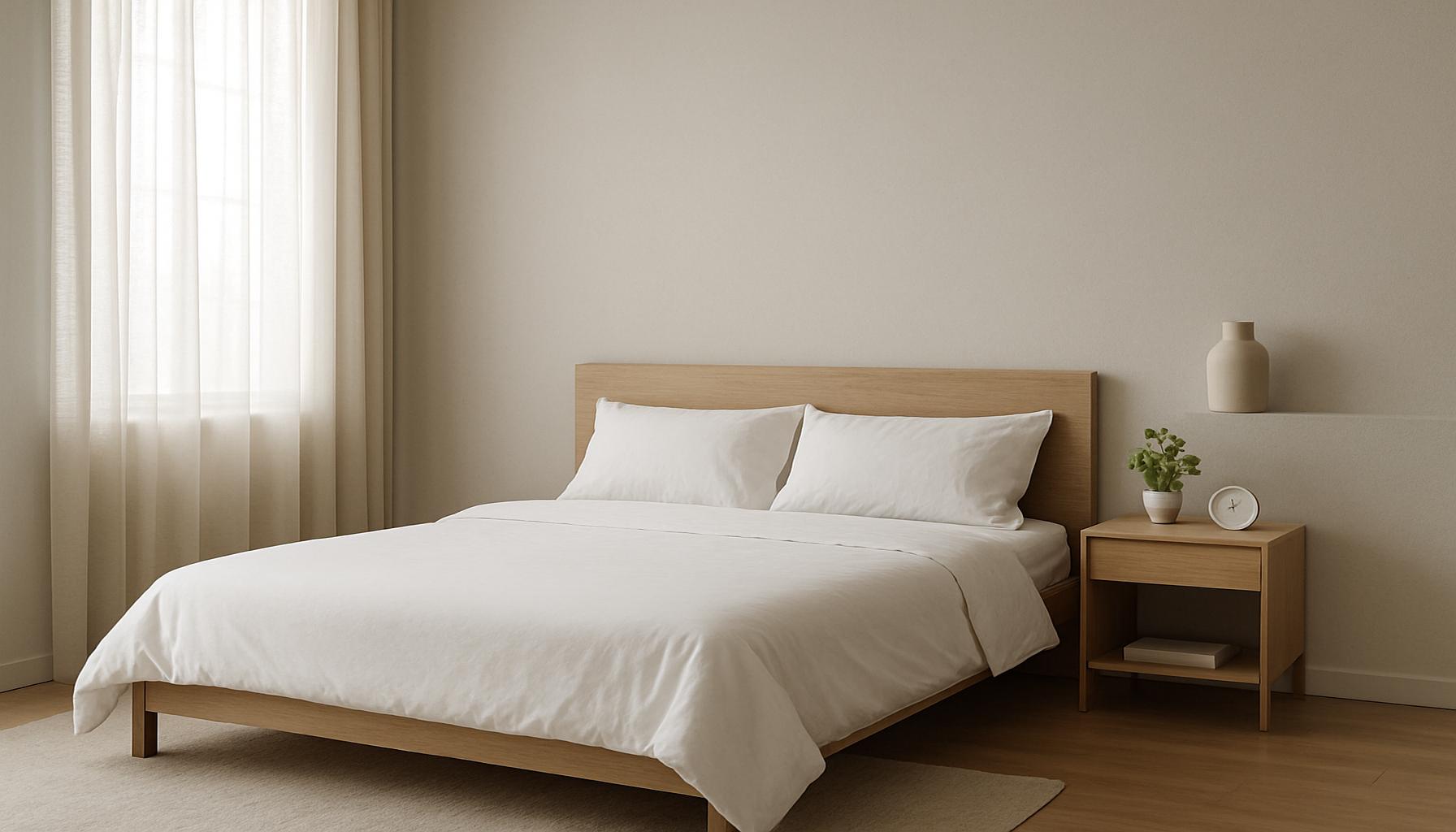Minimalist Spaces: How to Organize Your Environment to Promote Creativity and Mental Clarity
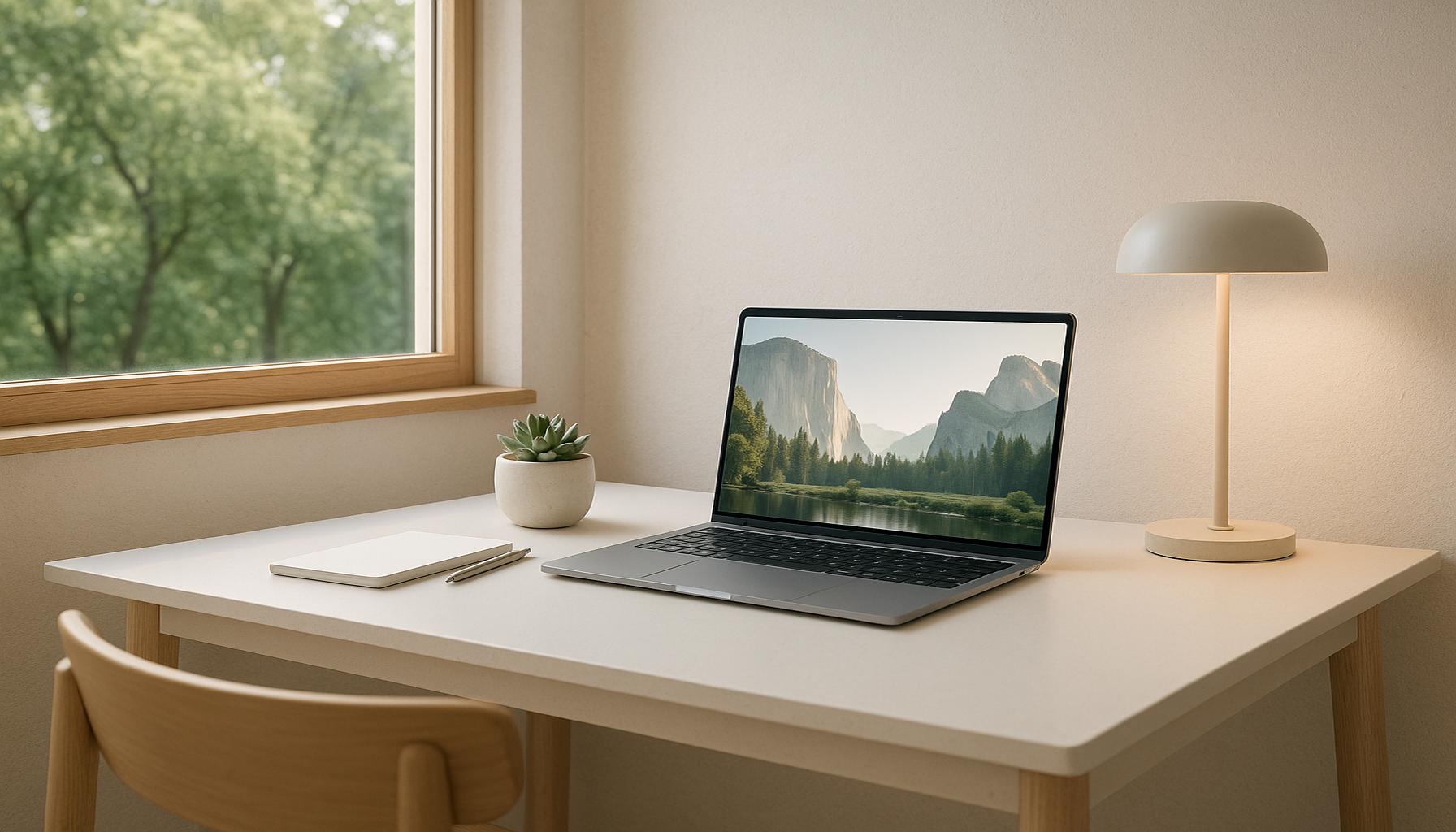
Understanding the Role of Simplicity in Fostering Creativity
In today’s fast-paced world, where technology and information overload are a part of daily life, creating an environment that encourages creativity is more important than ever. A minimalist space, often characterized by clean lines and a lack of clutter, can serve as a blank canvas that allows your brain to explore ideas without distractions. This concept has been embraced not only in design but also as a fundamental philosophy for promoting mental clarity and artistic expression.
The foundation of a minimalist approach lies in structuring our surroundings to enhance cognitive function and stimulate innovative thought. Think about the myriad benefits of organizing your environment:
- Enhanced Focus: By reducing the number of items in your workspace or home, you allow your mind to concentrate on what’s important. For instance, many artists have reported that their best ideas often emerge in simple, distraction-free spaces.
- Increased Productivity: A clean and orderly workspace can significantly boost your efficiency. Research has shown that individuals who work in tidy environments can complete tasks more quickly and effectively.
- Calmness and Clarity: Simplifying your surroundings can lead to a more serene mental state. When surrounded by clutter, anxiety can increase, making it more challenging to think creatively. A minimalist space, by contrast, engenders a sense of peace that can foster clear thinking.
The essence of minimalist design is not merely about aesthetics but about creating a lifestyle that encourages deeper thinking and meaningful engagement with one’s surroundings. By critically assessing what truly matters to you, you can declutter not just physical spaces, but also eliminate mental noise—like unnecessary tasks and digital distractions.
Practical Strategies for Embracing Minimalism
Shifting towards a minimalist mindset involves a variety of actionable strategies that can be seamlessly integrated into your daily life. Here are some practical methods to enhance your creative environment:
- Choosing Functional Furniture: Invest in versatile furniture that serves multiple purposes. For example, a desk that can transform into a standing workstation can elevate not only your posture but also your creative output.
- Implementing Smart Storage Solutions: Utilize hidden storage options to contain clutter, making your space feel orderly without sacrificing style. Modular shelving units, for instance, can be customized to fit your needs, allowing for both organization and visual appeal.
- Creating Visual Harmony with Color and Light: Incorporate a color palette that promotes relaxation and inspiration. Soft lighting can make a substantial difference in your mood, and natural light significantly enhances cognitive function.
By actively choosing to embrace minimalism, you can transform your environment into a sanctuary that not only inspires creativity but also nurtures mental clarity. This journey toward a simpler life allows for the exploration of one’s thoughts, ultimately leading to innovative breakthroughs.
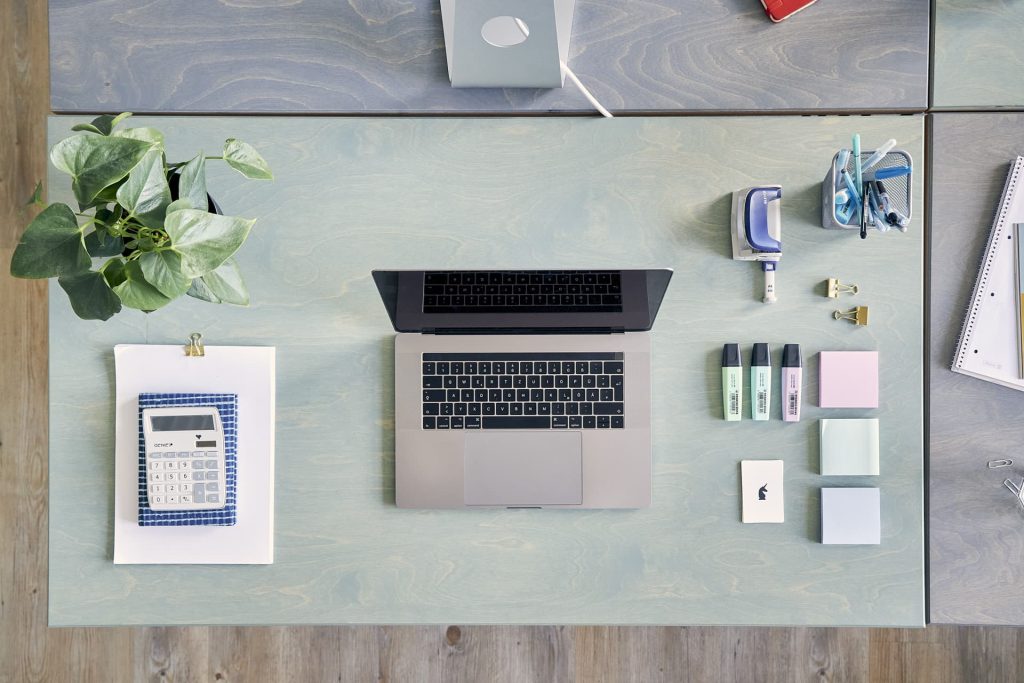
Stay tuned for upcoming insights on how to curate a space that is not just aesthetically pleasing but also a catalyst for unlocking your full creative potential.
DISCOVER MORE: Click here to learn about the benefits of minimalist organization
Embracing Minimalism: A Gateway to Creative Freedom
When it comes to fostering creativity, the environment we inhabit plays a pivotal role. A minimalist space is not just a trend; it is a carefully curated environment designed to promote mental clarity and inspire innovative thought. The beauty of minimalism lies in its ability to strip away the non-essential, allowing one’s creative impulses to thrive unencumbered by distractions. As a result, implementing minimalism in your surroundings can lead to profound changes in both your productivity and emotional well-being.
One of the key elements of embracing minimalism is the concept of intentionality. Every item in your space should serve a purpose or evoke a sense of joy. By evaluating what truly enhances your creative process, you can eliminate distractions that stifle your thoughts. For instance, a study conducted by the Journal of Environmental Psychology found that participants in cluttered environments reported increased feelings of stress and reduced focus. In contrast, those in minimalist settings demonstrated greater mental clarity and creativity.
Steps to Cultivate a Creative Minimalist Space
Organizing your environment to promote creativity and mental clarity involves strategic decisions and mindful practices. Here are several actionable strategies to guide you on your minimalist journey:
- Declutter Regularly: Start by eliminating items that no longer serve a purpose. Set a schedule for regular decluttering, whether it be monthly or seasonally, to ensure your space remains free of unnecessary items.
- Create Designated Zones: Design spaces specifically for work, relaxation, or inspiration. Having dedicated areas allows your brain to associate each zone with specific activities, enhancing focus and creativity.
- Limit Digital Distractions: In our technology-driven world, digital clutter can be just as distracting as physical clutter. Create a routine to clear your desktop and organize your digital files. Consider implementing “tech-free” hours to foster deeper thinking without interruptions.
- Incorporate Nature: Bringing elements of nature into your space through plants or natural light can significantly enhance your mood and inspire creativity. Numerous studies indicate that exposure to nature can reduce stress and improve cognitive function.
When you prioritize minimalism in your physical environment, you are also encouraging a minimalist mindset. This mindset can pave the way for profound creative discoveries and a clearer understanding of your personal and professional goals. As you implement these strategies, it is essential to remember that minimalism is a journey; these habits will take time to adopt fully but can lead to an enriching and creative lifestyle.
Stay with us as we explore more practical tips on how to identify what is essential in your life and create a space that truly resonates with your creative spirit.
Creating Functional Minimalist Spaces
In the pursuit of cultivating a serene environment, it is essential to create spaces that amplify creativity and mental clarity. Minimalist spaces embrace the philosophy of ‘less is more’, which eliminates clutter and distractions. The first step in this transformative journey is assessing your current environment. It’s important to identify items that serve a purpose versus those that merely occupy space. Each object should resonate with a sense of utility or beauty, contributing to an overall harmonious atmosphere.
Organizational Strategies
Incorporating organizational strategies can further enhance the minimalist approach. Here are some effective ways to streamline your space:
- Embrace Minimalist Furniture: Choose multifunctional furniture that promotes openness, such as a desk that doubles as a storage unit.
- Designate Areas: Create specific zones for work, relaxation, and inspiration to distinguish between different activities.
- Utilize Vertical Space: Use shelves or wall-mounted solutions to keep floors clear and create a sense of airiness.
The color palette also plays a vital role in promoting a minimalist aesthetic. Soft, neutral tones can cultivate a calming effect, while strategically placed bursts of vibrant colors can ignite creativity. This contrast is key in balancing stimulation and tranquility, allowing one’s mind to wander freely without distractions.Moreover, incorporating natural elements such as plants connects users to the environment, enhancing the feeling of space and life within the minimalist design. Studies suggest that greenery can significantly improve mood and cognitive function, reinforcing the connection between our surroundings and mental clarity.
Benefits of a Minimalist Approach
Transitioning to a minimalist space not only aids in decluttering physical surroundings but also allows for decluttering the mind. With fewer distractions, individuals can focus more on creative tasks, resulting in enhanced productivity and mental clarity. By simplifying interactions with your environment, you create a sanctuary that encourages exploration and innovation. Ultimately, minimalism is not just about aesthetics; it is a lifestyle choice that promotes conscious living and makes room for new ideas.In your journey towards a minimalist space, remember that the goal is not to strip away all personality or comfort but to create an environment that emphasizes clarity and creativity. With a thoughtful approach, you can curate a space that supports your journey towards enhanced mental clarity and divine creativity.
| Advantages | Benefits of Minimalist Spaces |
|---|---|
| Enhanced Focus | Reduced distractions</strong allow for greater concentration on tasks. |
| Increased Creativity | Open spaces</strong encourage innovative thinking and artistic exploration. |
By implementing these insights, you’ll be on your way to creating a minimalist space that is as functional as it is inspiring.
EXPLORE MORE: Click here to enhance your productivity
Identifying What Truly Matters: The Art of Selecting Essential Elements
As you embark on your journey toward a minimalist space, a critical component is learning how to identify and prioritize essential items that truly contribute to your creativity. This process can be challenging, especially in a culture that often equates abundance with success. However, understanding the intrinsic value of simplicity can lead to a rich and fulfilling creative life.
Begin by asking yourself a few guiding questions: Does this item serve a purpose? Does it inspire me? Is it conducive to my creative pursuits? Engaging with these reflective queries can help clarify which objects warrant a place in your space. For example, consider the importance of your workspace setup. A cluttered desk filled with random knick-knacks can hinder your ability to focus on your work. According to the American Psychological Association, environments overloaded with visual stimuli can impair cognitive functions such as attention and memory retention, indicating why prioritization is so vital.
Implementing Aesthetic Principles
To reinforce the impact of minimalism on creativity, utilize foundational aesthetic principles such as balance and harmony. When arranging your space, consider color palettes, symmetry, and the layout of furniture to cultivate a calming atmosphere. Selecting a limited color scheme, perhaps in soft neutrals or pastels, can reduce visual noise and enhance a sense of tranquility. This not only influences your mood but can also extend the creative process, allowing deeper engagement with your work.
Moreover, ensure that your art and decor reflect a personal narrative or creative journey. Items that resonate with your passions can evoke inspiration while maintaining minimalism. For instance, a single, well-placed painting or an inspiring quote framed on your wall can spark motivation without overwhelming the senses. Research from the University of Exeter indicates that personalized environments can lead to increased spatial awareness and creativity, illustrating how important it is to surround yourself with meaningful elements.
Mindfulness Practices to Foster Mental Clarity
In addition to organizing physical belongings, adopting mindfulness practices can further enhance the minimalist approach. Activities, such as meditation, can effectively clear mental clutter, fostering mental clarity and a more profound creative flow. Taking a few minutes daily to practice mindfulness can help you center your thoughts and intentions, allowing your creativity to blossom in a focused manner. A study from Harvard University highlighted a significant improvement in cognitive flexibility among individuals who practiced mindfulness regularly, supporting the idea that a clear mind can lead to enhanced creative output.
Combining physical and mental forms of minimalism not only creates an environment that aids in creativity but also encourages deeper connections with your work. By making conscious choices about your surroundings and integrating practices that nourish the mind, you can foster a space where creativity flourishes. In doing so, you prepare the foundation for not just inspiring ideas but a balanced, enriched lifestyle. As we continue exploring minimalist strategies, let us delve into practical tools and resources to aid in this transformative process.
DIVE DEEPER: Click here to uncover more insights
Conclusion: Embrace Minimalism for a Creative Renaissance
In our fast-paced world, minimalist spaces serve as a sanctuary for those seeking creativity and mental clarity. By carefully curating your environment and prioritizing essential items, you create a backdrop that not only inspires innovation but also fosters a sense of calm. Each choice you make—whether it’s the colors on your walls or the art you choose to display—contributes to a space that sparks imagination and deepens focus.
Moreover, incorporating mindfulness practices into your daily routine complements the physical minimalism of your surroundings. Techniques such as meditation or deep breathing can help clear mental clutter, making way for an avalanche of creativity. As studies from leading universities show, nurturing both your environment and your mind can significantly enhance cognitive flexibility and output.
As you embark on your journey to redesign your surroundings, remember that minimalism is not merely about reduction but also about intentionality. Every corner of your space should reflect your aspirations, passions, and the deeper narrative of your life. This holistic approach not only rejuvenates your creative energy but also cultivates a more profound connection with your work.
If you’re ready to dive deeper, explore further resources and techniques that can assist you in this transformative process. With a well-organized minimalist space, you open yourself up to a realm of endless creative possibilities, paving the way for a more balanced and enriched lifestyle.
